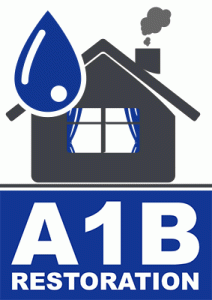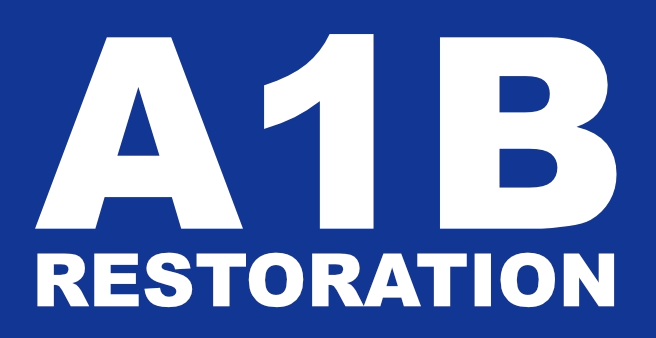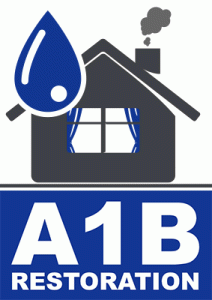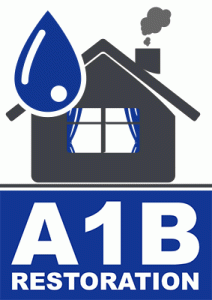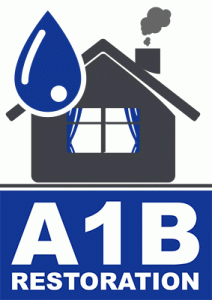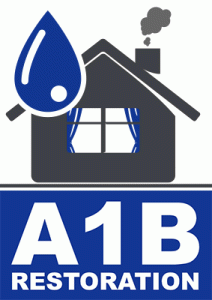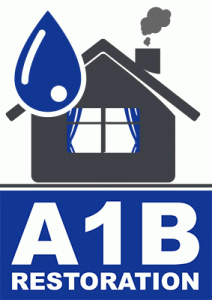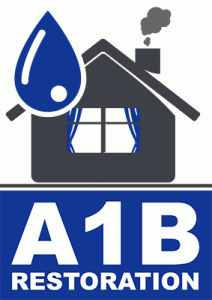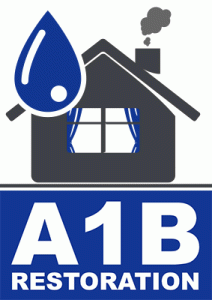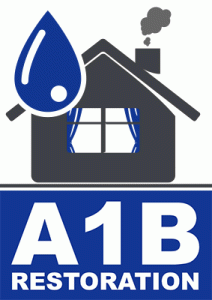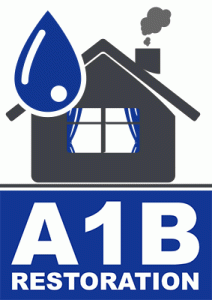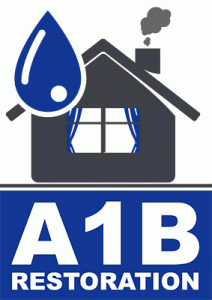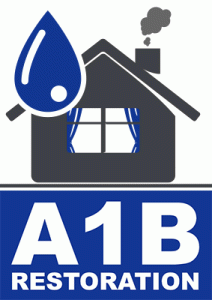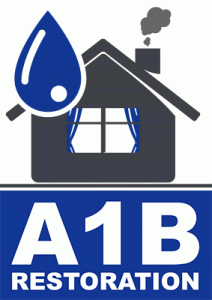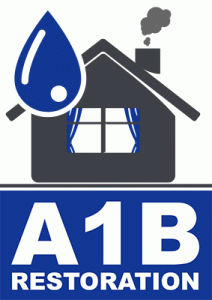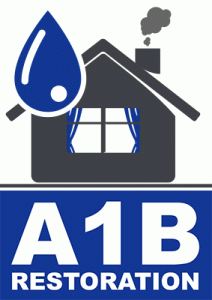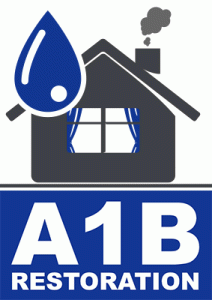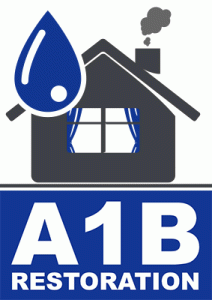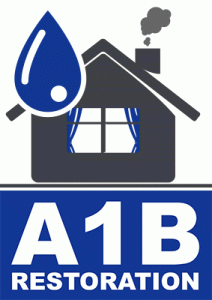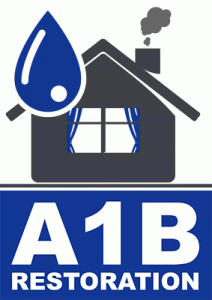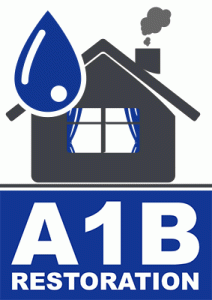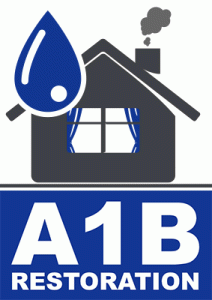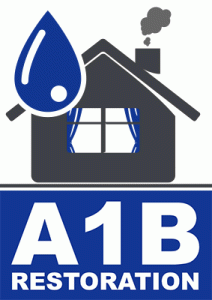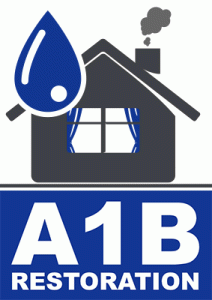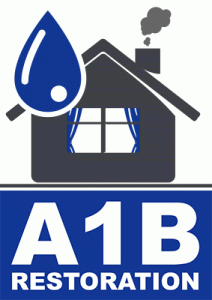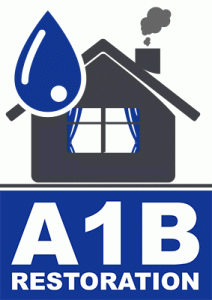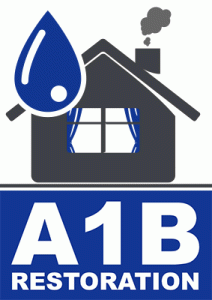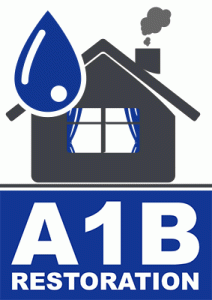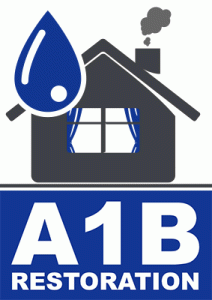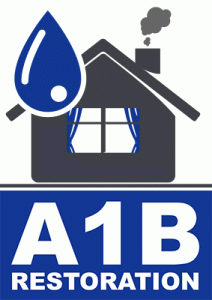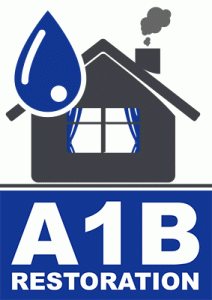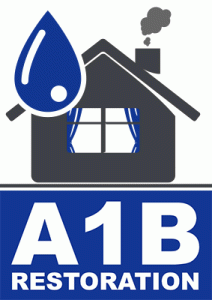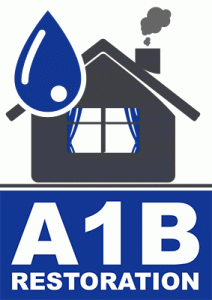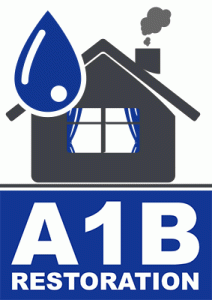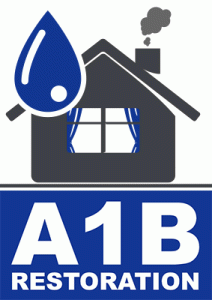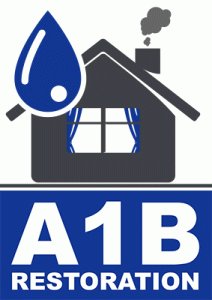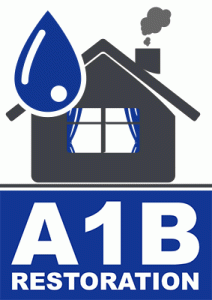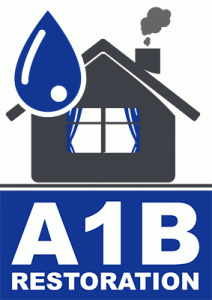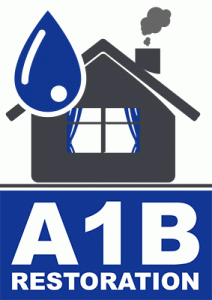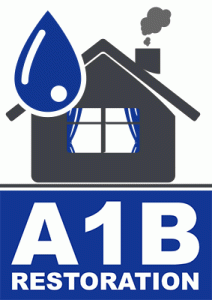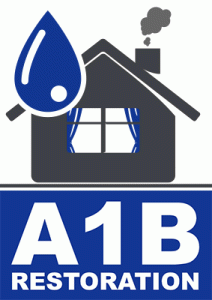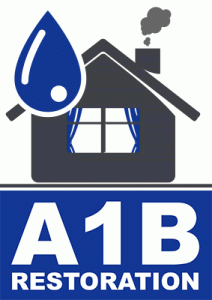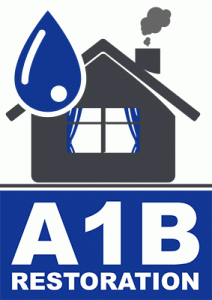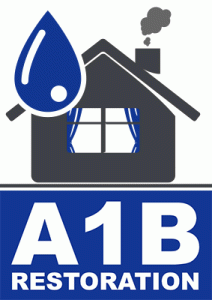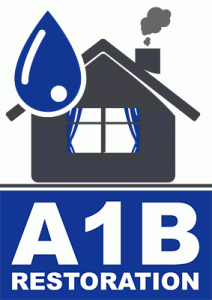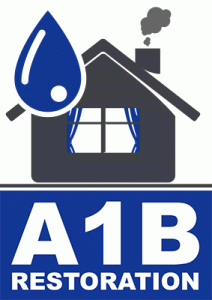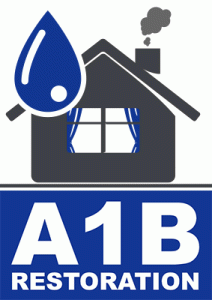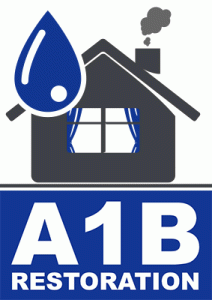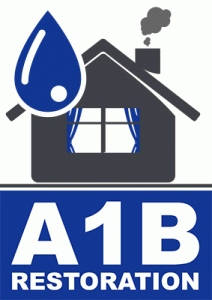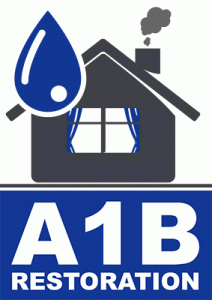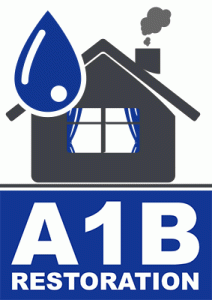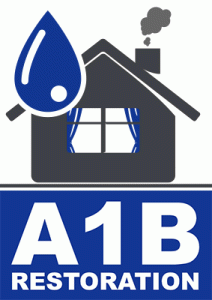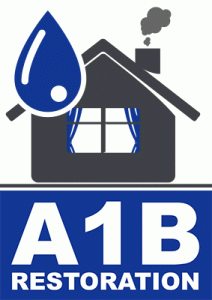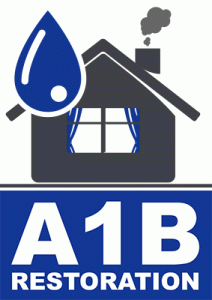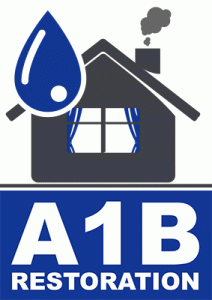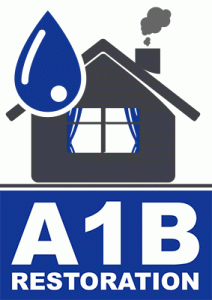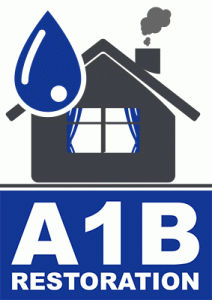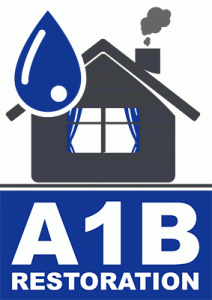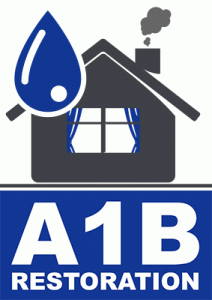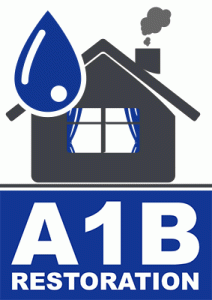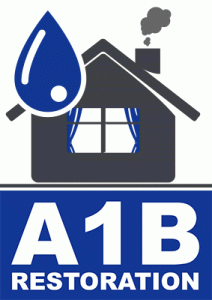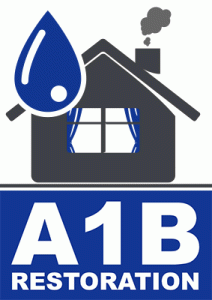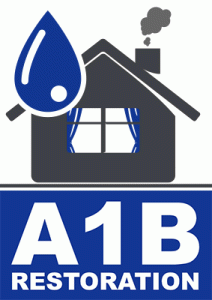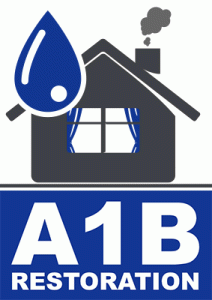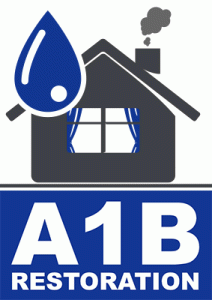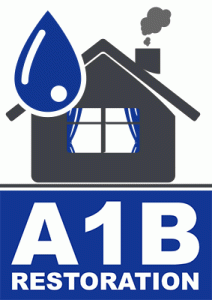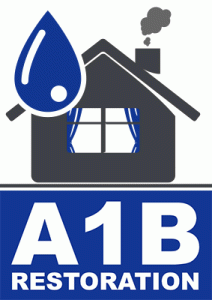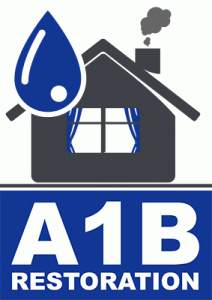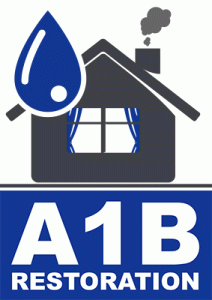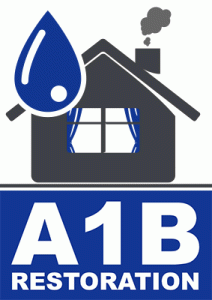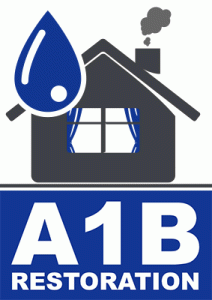Residential Water Damage Restoration: What Homeowners Need to Know
Water damage can strike your home at any time, often without warning. Whether it’s due to a burst pipe, natural disaster, or a malfunctioning appliance, the aftermath can be overwhelming. Understanding how to address water damage swiftly and effectively is crucial to minimizing its impact. This comprehensive guide will provide homeowners with essential insights into residential water damage restoration, including prevention tips, the restoration process, and when to call in the experts.
Understanding Water Damage
Water damage is one of the most common and costly problems that homeowners face, with insurance claims for water damage averaging $11,098 between 2014 and 2018 according to the Insurance Information Institute. It’s important to recognize the various types of water damage and their potential impact on your home.
Types of Water Damage
Water damage is classified into three main categories:
- Clean Water Damage: Caused by clean water sources like broken pipes or overflowing sinks. This type is the least harmful but should still be addressed promptly.
- Gray Water Damage: Involves water that is slightly contaminated, such as from washing machines or dishwashers. This requires more thorough cleaning and disinfection.
- Black Water Damage: The most severe type, involving highly contaminated water from sewer backups or flooding. Immediate professional intervention is required.
Immediate Steps to Take After Water Damage
Acting quickly can significantly reduce the damage and costs associated with water damage restoration. Here are some immediate steps homeowners should take:
Ensure Safety First
Your safety is paramount. If the water damage is extensive, such as from flooding, ensure that the power supply is turned off to prevent electrocution. Avoid wading through standing water, especially if it could be contaminated.
Stop the Source of Water
If possible, identify and stop the source of water. This may involve turning off the main water supply or repairing a leaking appliance.
Document the Damage
Before starting the cleanup, document the damage for insurance purposes. Take photos and videos to provide evidence of the extent of the damage.
The Water Damage Restoration Process
Once immediate risks are mitigated, understanding the water damage restoration process will help you manage the situation more effectively.
Water Extraction
The first step in the restoration process is water extraction. This involves removing all standing water using pumps and vacuums. Swift water removal is crucial to prevent further damage and mold growth.
Drying and Dehumidification
After water extraction, the drying process begins. Industrial-grade dehumidifiers and high-speed air movers are used to dry the affected areas thoroughly. This step can take several days depending on the extent of the water damage.
Cleaning and Sanitizing
Professional cleaning and sanitizing are essential to prevent mold and bacteria growth. This involves cleaning all affected surfaces and belongings using specialized products and methods.
Restoration and Repairs
The final step is restoring your home to its pre-damage condition. This may include minor repairs such as replacing drywall and carpeting, or extensive reconstruction if the damage is severe.
Prevention Tips for Homeowners
Preventing water damage is always better than dealing with its aftermath. Here are some actionable tips to reduce the risk of water damage in your home:
Regular Maintenance
Conduct regular inspections and maintenance of your home’s plumbing system. Fix any leaks promptly and replace old or corroded pipes.
Install Water Detection Devices
Consider installing water detection devices near appliances and in basements. These devices can alert you to leaks early, preventing extensive damage.
Ensure Proper Drainage
Ensure that your home’s drainage system is functioning correctly. This includes cleaning gutters regularly and directing downspouts away from the foundation.
Monitor Your Water Bill
An unexplained spike in your water bill could indicate a hidden leak. Monitor your water usage and investigate any significant changes.
When to Call a Professional
While some minor water damage can be handled by homeowners, certain situations require professional intervention. Here are scenarios when you should call a water damage restoration expert:
Extensive Damage
If the water damage covers a large area or involves multiple rooms, a professional restoration company can handle the situation more efficiently and thoroughly.
Black Water Damage
As mentioned earlier, black water damage is hazardous and should be addressed by professionals equipped with the necessary safety gear and expertise.
Mold Growth
If you notice mold growth following water damage, it’s essential to call professionals immediately. Mold can pose serious health risks and requires specialized removal techniques.
Conclusion
Residential water damage can be a daunting experience, but being informed and prepared can make the restoration process more manageable. By understanding the types of water damage, taking immediate action, and knowing when to call in professionals, homeowners can protect their property and ensure a safe, swift recovery. Regular maintenance and preventive measures can also go a long way in safeguarding your home against future water damage.
For more information on water damage restoration or to find a professional near you, consider reaching out to IICRC-Certified Firms for expert assistance.

water damage and restoration companies Lucas Texas
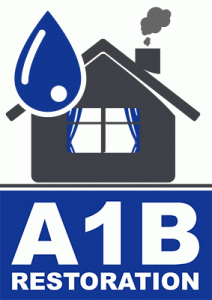
restoration company water damage Lewisville Texas

restoration services water damage Duncanville Texas

Flood Cleanup
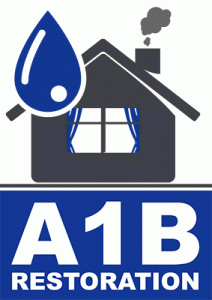
Lakewood Dallas Texas restoration water damage companies
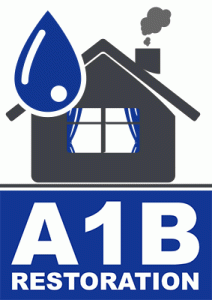
Haltom City TX water damage restoration companies near me
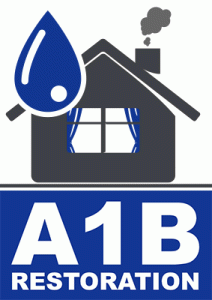
residential water damage restoration Roanoke Texas

water damage restoration services near me Preston Hollow Dallas Texas

water damage restoration services near me Sachse Texas
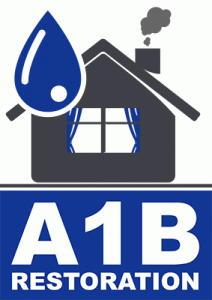
Haltom City Texas restoration water damage companies
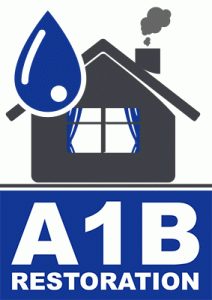
Cedar Hill Texas water damage restoration service near me
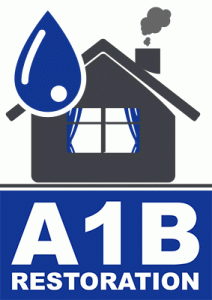
Colleyville TX water damage restoration companies near me

residential water damage restoration Arlington Texas
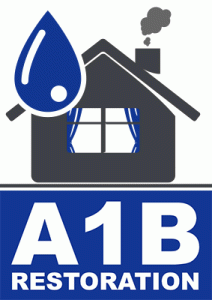
water restoration companies near me Colleyville Texas

Crowley Texas water damage restoration service near me
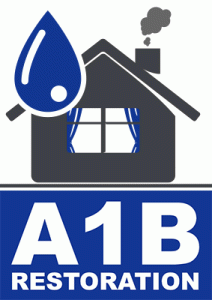
Lake Highlands Dallas Texas water extraction company near me
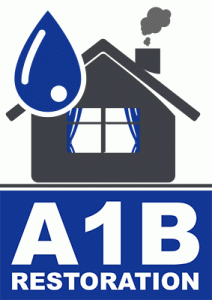
Preston Hollow Dallas Texas water cleanup service near me
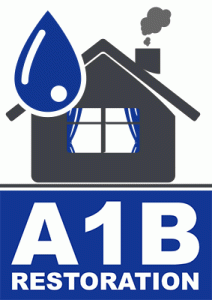
Duncanville Texas water extraction company near me
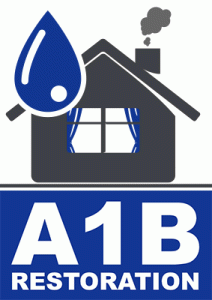
Little Elm Texas water damage restoration service near me

Richardson TX water damage restoration companies
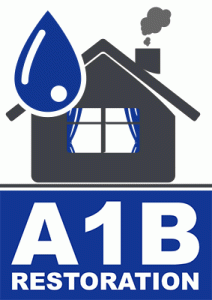
The Colony TX water damage restoration companies
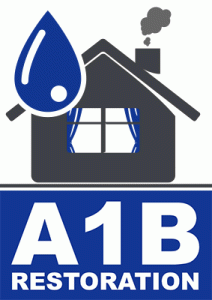
Preston Hollow Dallas TX restoration water damage experts

Dallas TX water damage restoration companies near me

Highland Park TX water damage restoration companies
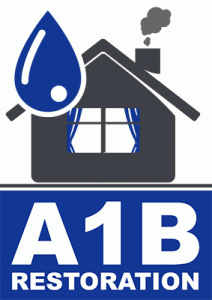
Lakewood Dallas TX water damage restoration companies
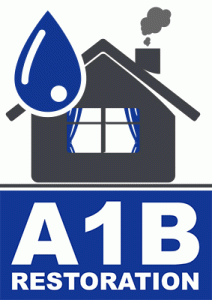
Garland TX water damage restoration companies near me
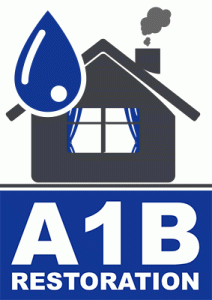
Preston Hollow Dallas TX water damage restoration company

water damage restoration services near me Preston Hollow Dallas Texas
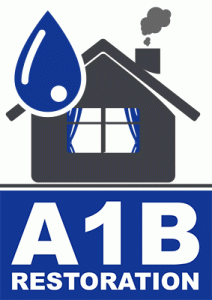
water restoration companies near me Mesquite Texas

water remediation company near me Lakewood Dallas Texas
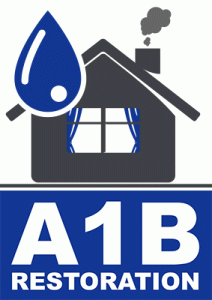
water damage and restoration companies Plano Texas

emergency water damage restoration Lewisville Texas

water remediation company near me Grapevine Texas

water damage restoration services near me Richardson Texas

residential water damage restoration Addison Texas

best water damage restoration near me Wylie Texas
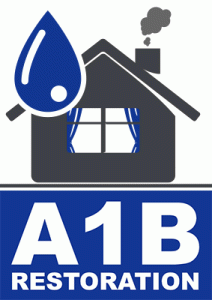
water restoration companies near me Richardson Texas
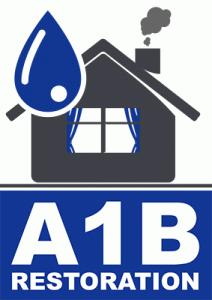
residential water damage restoration Rowlett Texas

water damage and restoration companies Carrollton Texas
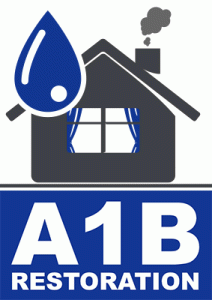
best water damage restoration near me Richardson Texas
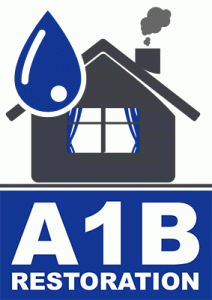
water damage and restoration companies Euless Texas
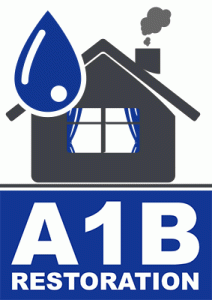
residential water damage restoration Carrollton Texas

restoration company water damage Flower Mound Texas
